Researchers have characterized the thermodynamic properties of a model that uses cold atoms to simulate condensed-matter phenomena.
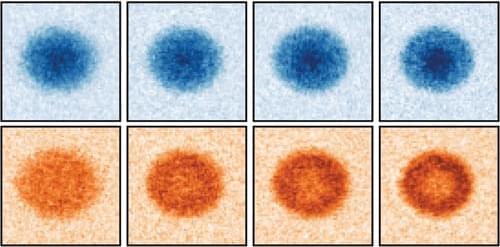


Scientists achieve breakthrough in quantum optics with photon detector-based method, paving the way for improved quantum computing.
Scientists at Paderborn University have used a new method to determine the characteristics of optical, i.e. light-based, quantum states. For the first time, they are using certain photon detectors — devices that can detect individual light particles — for so-called homodyne detection. The ability to characterize optical quantum states makes the method an essential tool for quantum information processing. Precise knowledge of the characteristics is important for use in quantum computers, for example. The results have now been published in the specialist journal Optica Quantum.
Advancements in Homodyne Detection.
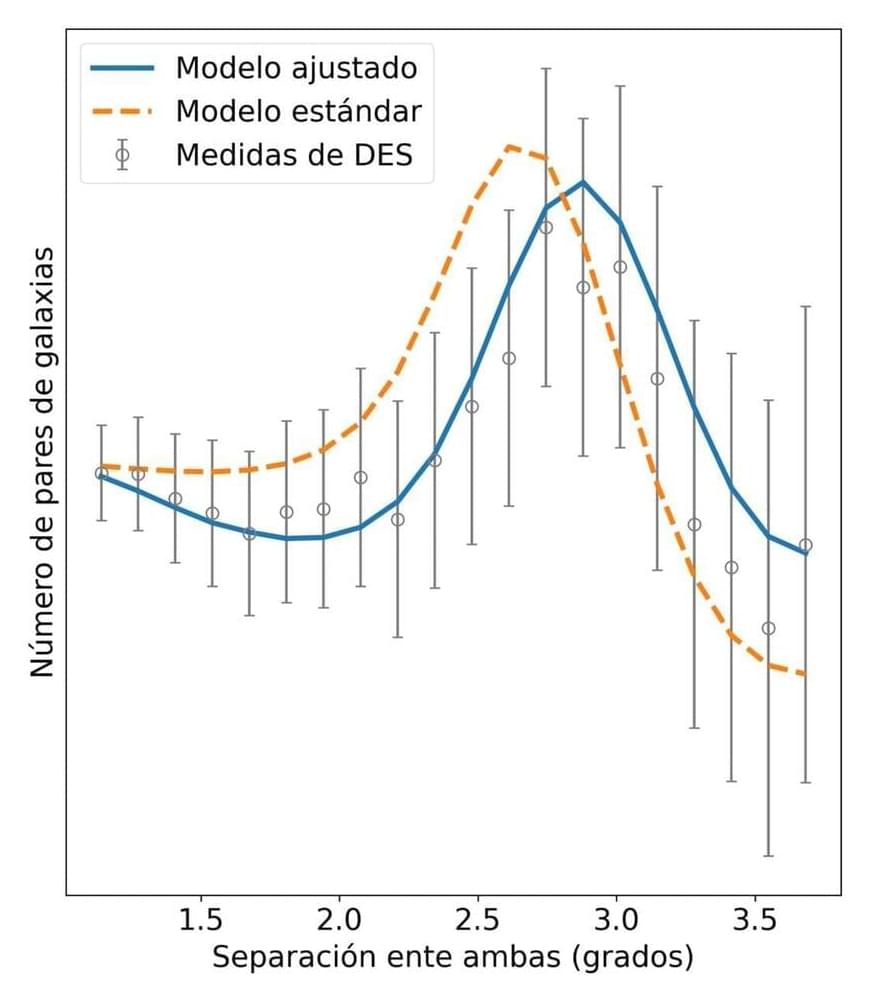
We now have a standard model of cosmology, the current version of the Big Bang theory. Although it has proved very successful, its consequences are staggering. We know only 5% of the content of the universe, which is normal matter. The remaining 95% is made up of two exotic entities that have never been produced in the laboratory and whose physical nature is still unknown.
These are dark matter, which accounts for 25% of the content of the cosmos, and dark energy, which contributes 70%. In the standard model of cosmology, dark energy is the energy of empty space, and its density remains constant throughout the evolution of the universe.
According to this theory, sound waves propagated in the very early universe. In those early stages, the universe had an enormous temperature and density. The pressure in this initial gas tried to push the particles that formed it apart, while gravity tried to pull them together, and the competition between the two forces created sound waves that propagated from the beginning of the universe until about 400,000 years after the Big Bang.

A team led by former Twitter engineers is rethinking how AI can be used to help people process news and information. Particle.news, which entered into private beta over the weekend, is a new startup offering a personalized, “multi-perspective” news reading experience that not only leverages AI to summarize the news, but also aims to do so in a way that fairly compensates authors and publishers — or so is the claim.
While Particle hasn’t yet shared its business model, it arrives at a time when there’s a growing concern about the impact of AI on a rapidly shrinking news ecosystem. News that is summarized by AI could limit clicks to publishers’ websites, which means their ability to monetize via advertising would also be reduced.
The startup was founded last year by former Senior Director of Product Management at Twitter, Sara Beykpour, who worked on products like Twitter Blue, Twitter Video, and conversations, and who spearheaded the experimental app, twttr. She had been at Twitter from 2015 through 2021, growing her position from software engineering to that of a senior director of product management. Her co-founder is a former senior engineer at both Twitter and Tesla, Marcel Molina.
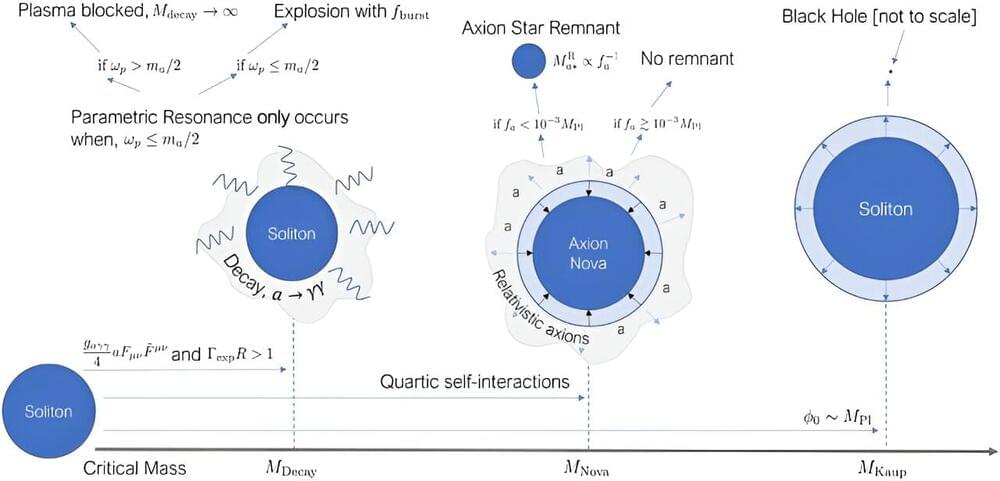
We could be closer to understanding the mystery behind what dark matter is, following new research from physicists at King’s College London.
First theorized in 1977, axions are a hypothetical, light-mass particle that have been suggested as a possible contender for dark matter, due to the heat they give off. However, due to the range of sizes and masses they could possibly be, their conclusive identification has been difficult.
In a series of papers in Physical Review D, Liina Chung-Jukko, Professors Malcolm Fairbairn, Eugene Lim, Dr. David Marsh and collaborators have suggested a new approach to locate this ‘wonder particle’ that could explain both dark energy and dark matter.

If the fractional quantum Hall regime were a series of highways, these highways would have either two or four lanes. The flow of the two-flux or four-flux composite fermions, like automobiles in this two-to four-flux composite fermion traffic scenario, naturally explains the more than 90 fractional quantum Hall states that form in a large variety of host materials. Physicists at Purdue University have recently discovered, though, that fractional quantum Hall regimes are not limited to two-flux or four-flux and have discovered the existence of a new type of emergent particle, which they are calling six-flux composite fermion.
They have recently published their groundbreaking findings in Nature Communications.
Gabor Csathy, professor and head of the Department of Physics and Astronomy at the Purdue University College of Science, along with Ph.D. students Haoyun Huang, Waseem Hussain, and recent Ph.D. graduate Sean Myers, led this discovery from the West Lafayette campus of Purdue. Csathy credits lead author Huang as having conceived and led the measurements, and having written a large part of the manuscript. All the ultra-low-temperature measurements were completed in Csathy’s Physics Building lab. His lab conducts research on strongly correlated electron physics, sometimes referred to as topological electron physics.

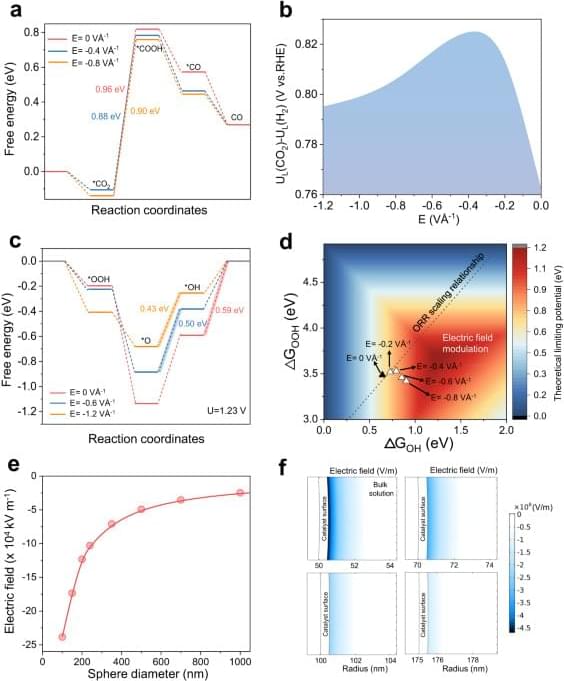
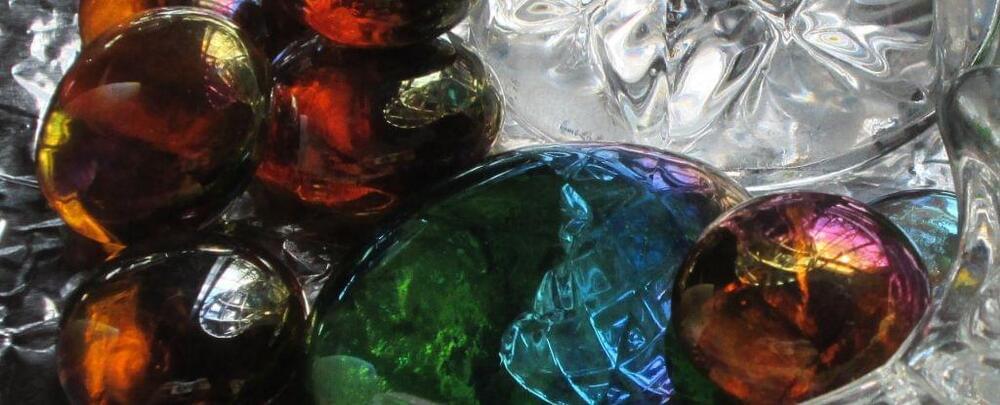
A strange phase of matter that previously existed purely in the realm of theory has finally been detected in a real material.
It’s known as the Bragg glass phase – a strange, seemingly paradoxical arrangement of atoms in a glass material where the particles are nearly as ordered as those in a perfect crystal. Scientists weren’t even sure Bragg glass existed, but there it was, hiding in an alloy of palladium inserted between layers of terbium and tellurium (PdxErTe3).
The discovery, led by physicist Krishnanand Mallayya of Cornell University and published in Nature Physics, not only sheds light on the way materials can behave but demonstrates a powerful new set of techniques for probing the atomic structures of exotic materials.

A new fusion of materials, each with special electrical properties, has all the components required for a unique type of superconductivity that could provide the basis for more robust quantum computing. The new combination of materials, created by a team led by researchers at Penn State, could also provide a platform to explore physical behaviors similar to those of mysterious, theoretical particles known as chiral Majoranas, which could be another promising component for quantum computing.
The new study was recently published in the journal Science. The work describes how the researchers combined the two magnetic materials in what they called a critical step toward realizing the emergent interfacial superconductivity, which they are currently working toward.